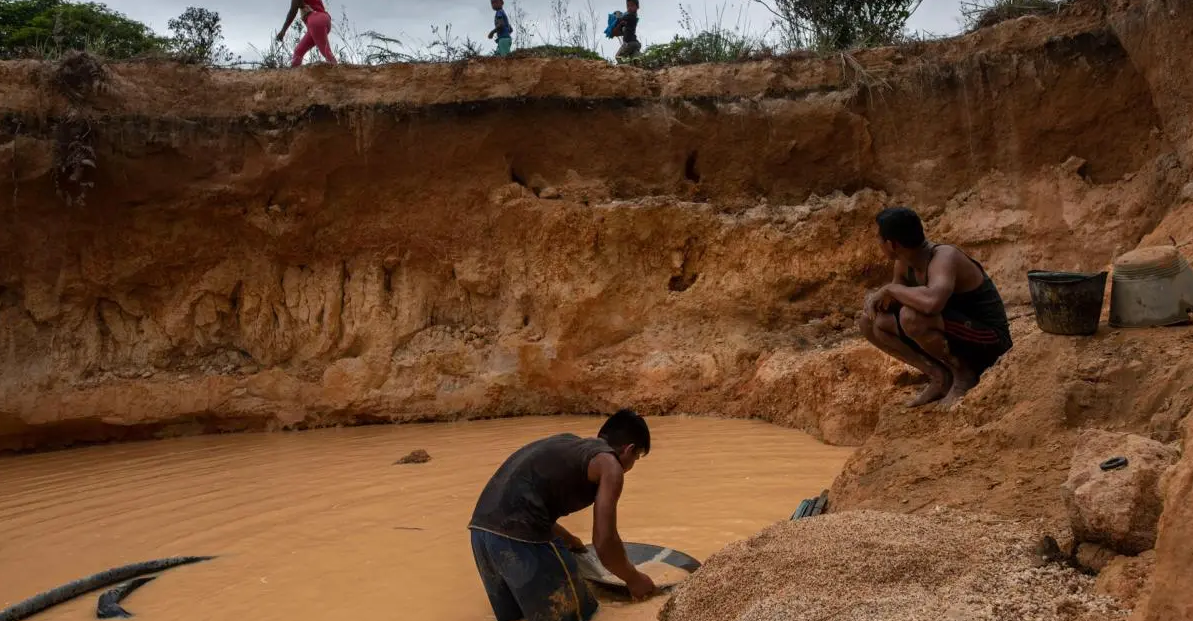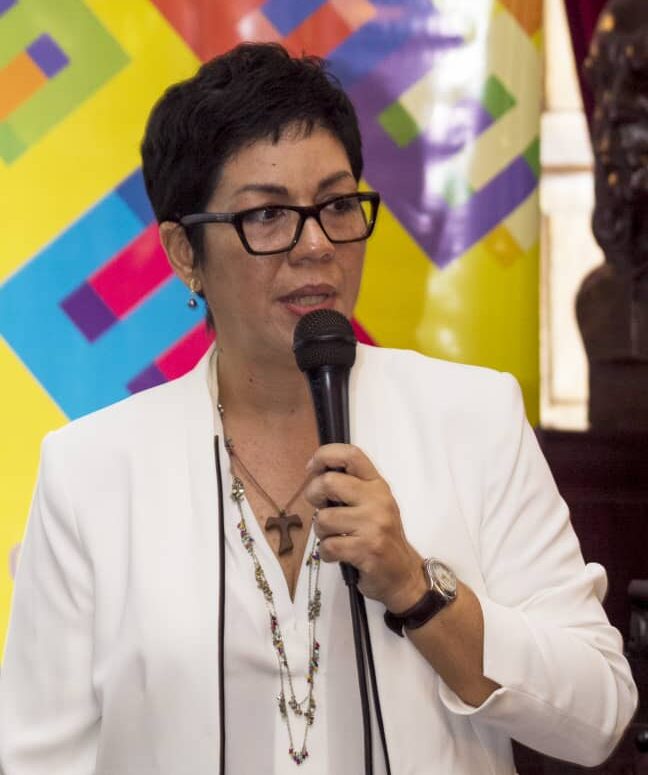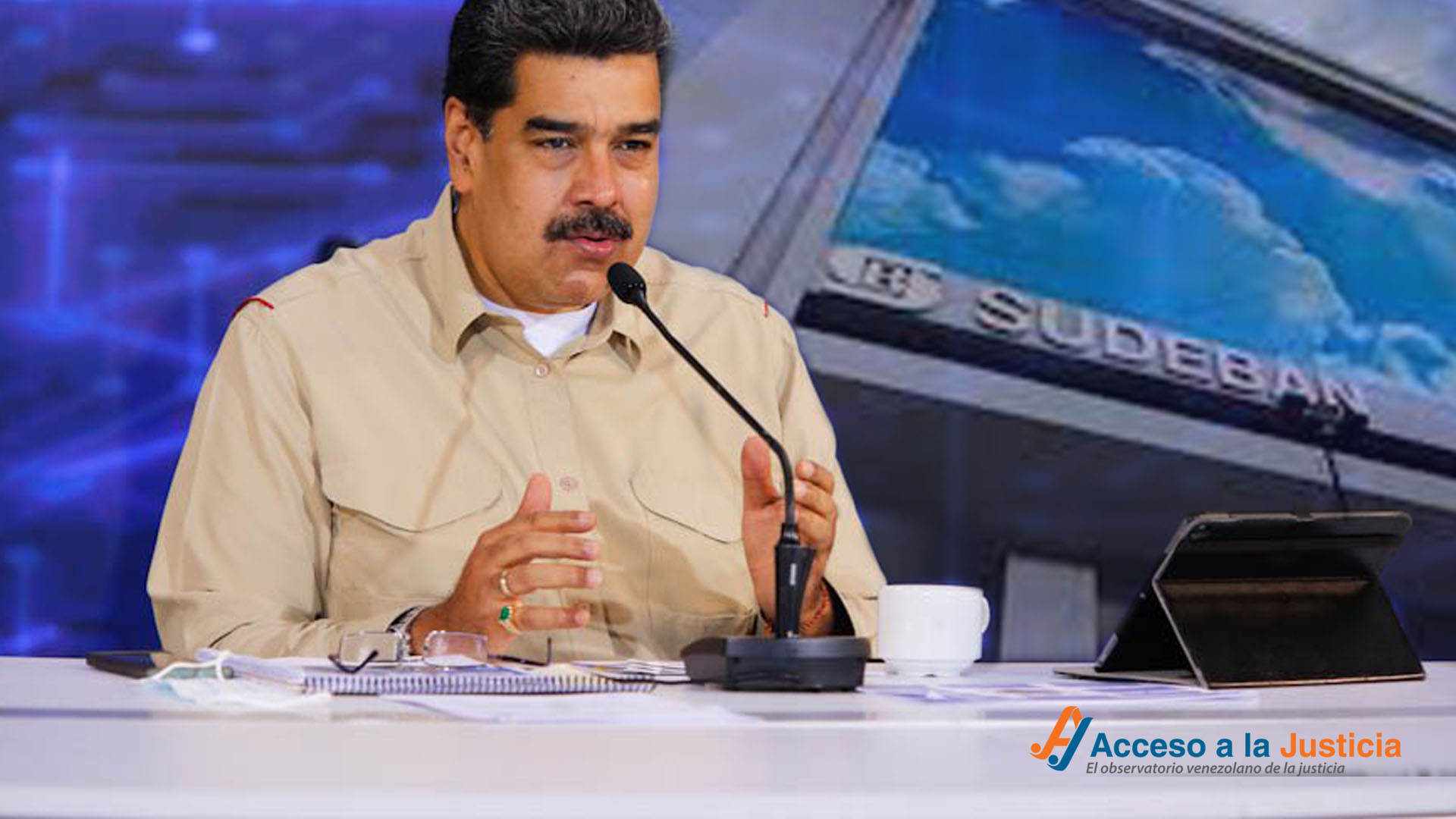Professor Keymer Ávila is a Researcher at the Institute of Criminal Sciences at the Central University of Venezuela and a Professor of Criminology at the same university. He is one of the foremost scholars and critics of institutional violence and criminal justice policies in current-day Venezuela. In part 1 of this interview, Venezuelan Workers Solidarity members Elvira Blanco and Alejandro Quryat asked him about the nexus between racism and state violence in our country for No Borders New as part of our look into global anti-racist struggle in the wake of the Black Lives Matter uprising in the United States. Part 2 will explore what has changed and what has not changed in terms of racism and policing under the Chávez and Maduro governments. All notes between brackets by the translators.
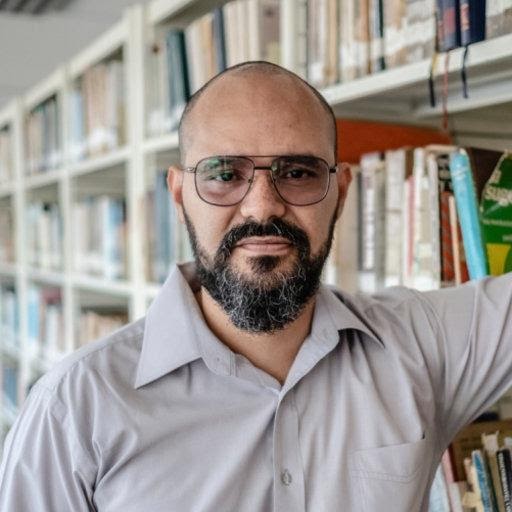
Elvira Blanco and Alejandro Qaryat: What forms does racial oppression take in Venezuela? What groups face systematic racialized discrimination?
Prof. Keymer Ávila: The first thing I must clarify is that my field of research is not focused on the topic of race, but on institutional violence, specifically that of the criminal justice system. Criminal justice systems are characterized for being discriminatory, classist, racist, and xenophobic. It is from this field that I can approach the topic of racism.
In a very general manner, what I can tell you is that racism in Venezuela is not admitted to or owned up to as a problem, it remains nearly taboo. We’d be talking here of a latent, symbolic and cultural racism, that is presented as something folksy or comic, aesthetic, along with a cluster of prejudices, as well as subtle and indirect forms of oppression, discrimination, stigmatization, and exclusion. These go from the non-recognition or hiding of one’s own African or Indigenous heritage, to self-discrimination. It’s the racism exercised by those who suffer discriminated themselves, in what is known as endoracism, a concept developed in our country by Esther Pineda. This is what makes it difficult to confront. It doesn’t reach the institutionalized and extreme levels that it has in the U.S., but, no doubt, it prepares the grounds to later legitimize other forms of violence against oppressed groups.
Who would be part of these groups? The poor, Afro-descendants, and Indigenous people. Until a few years ago, when our country was receiving immigrants, Haitians, Trinidadians, Colombians, Ecuadorians, and Peruvians were also part of these groups. By contrast, migrants from Spain, Italy, and Portugal were given a much more privileged treatment. So it wasn’t just about xenophobia, there was implicit racism and classism against these peoples. Nowadays this situation is mirrored as Venezuelans are serving as scapegoats in many other countries, given the enormous exodusof at least 13% of our population.
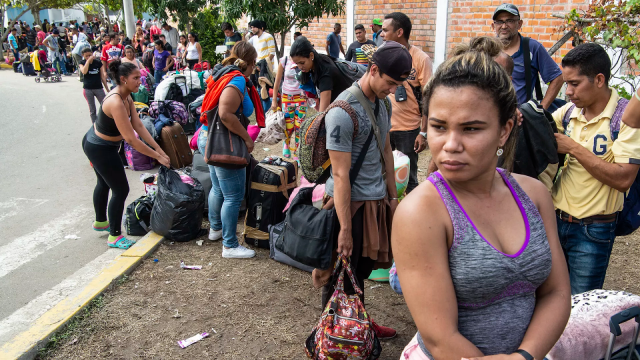
EB/AQ: How do race and class intersect in Venezuela?
KA: They are intimately linked, as in most of the colonial countries that exploited slaves brought from Africa between the 16th and 18th centuries. In the case of Venezuela, the upper classes and their traditional families (some dating back to colonial times) are predominantly white and endogamous, that is, they do not intermarry. One can place Italian, Spaniard and Portuguese migrants that came in the mid-20th century fleeing the world wars on a lower rung. They were welcomed as skilled laborers and were then able to ascend the social ladder. This migratory wave from Europe was promoted by the Pérez Jiménez government in the 1950s in an attempt to “modernize” and “whiten” the country, to “improve the race.”Some from this intermarried, although most did not. These then are the highest layers of society, which constitute a minority that owns the important economic sources of power, but that nowadays are displaced from the center of politics.
[Read next, Sônia Guajajara: Indigenous women in Brazil leading in the fight for justice (part 1).]
Further down would be the majority of the country, which is fundamentally mestiza, of mixed white, Black, and Indigenous origins. It is precisely this condition of identifying ourselves as the product of this blend that makes it difficult for us to accept that we have problems with racism.
In the popular classes, there are more Afro-descendants and Indigenous people than in the middle classes. We can say that, in terms of mestizaje [denoting people of mixed-race backgrounds] our social structure is shaped like a rhombus or a diamond: as you approach either the top or the base there is less mestizaje, while in the middle layers it is much greater. Moreover, the amount of melanin decreases at the top and increases as you move to the bottom. Therefore, in our country, class segregation tends to be deeply linked to racial segregation.
EB/AQ: Was Chavismo an advance against racism?
KA: Some could posit the 1998 electoral victory of Chávez as a symbolic success because he was the first President of Indigenous and African descent and of a popular background in the country. However, class played more of a role than race here. As I mentioned earlier, the topics of race and class are intimately linked in Venezuela. On the part of the traditional Opposition, racist and classist discourses flourished. But two decades after this Chávez’s election, one cannot say that the most excluded classes are faring better than before, nor that this meant an empowerment of these sectors. On the contrary, today poverty, inequalities, exclusion, and repression are greater.

EB/AQ: In the present, under Nicolás Maduro’s regime, how do police or security forces interact with racialized groups or those oppressed by racism? How do these forces respond when these groups organize for their rights?
KA: When we point out that the police forces in Venezuela have been carrying out a drop-by-drop massacreagainst young people in popular sectors, we are referring to racialized and poor youth. Here, the criminal justice system is as racist and as classist as in other countries in the region. The main difference lies in the high levels of deadly force.
The so-called forces of order, everywhere, are meant for the disciplining, control, and repression of the popular classes, which ruling elites always consider dangerous. The real reason for their existence – which is covered up by different types of discourses, predominantly normative ones, that invoke the general interest and public safety – is, in essence, the protection of the few that hold political and economic power.
This all dates back to our colonial history. The Colony was always a police state. The arrival of the so-called “rule of law” that would set limits and rules on power in the metropolis did not work in the same way in the peripheries. The inhabitants of the colonies were not considered citizens but savages, deprived of rights and subject to a state of exception. This idea is still deeply rooted in our countries. Thence come some of the justifications for the excesses of institutional violence, and especially that of the police.
In the specific case of Venezuela, the security forces have been marked from their origins by their militarization, their instrumentalization by political parties, and their excesses against the popular classes. The military logic that imposed itself in the confrontation with the [Leftist] armed struggle of the 1960s and 1970s, with thousands of cases of violations of human rights, was transformed in the following decades into the daily practices of security forces. Cases like the “Pits of Death,” the massacre of El Amparo, or the repression of the 1989 Caracazorebellion would become emblematic of the last decades of the 20th century.
The twenty-first century in Venezuela came with promises of a radical change and a rupture with what preceded it. However, what has ensued has been a continuity and a deepening of everything that was already profoundly wrong.
According to official data analyzed in our studies, between 2010 and 2018 over 23,688 people died at the hands of state security forces. Sixty-nine percent of these cases took place between 2016 and 2018. The rate of homicides by state agents multiplied by a factor of six between 2010 and 2018, reaching 16.6 per 100,000 inhabitants. This number is higher than the total rates of homicide in most other countries.
[Read next, Omar Vázquez Heredia: Situation disgraceful for all in Venezuela.]
The share of these cases in relation to the total number of violent deaths also climbed in that same period, from 4 percent to 33 percent. This means that, at present, one out of three homicides in Venezuela is a consequence of the intervention of state security forces. This, in a country whose homicide rates of 50 per 100,000might already be considered a slaughter. In 2018, fourteen Venezuelan young people died every day on average at the hands of the police.
To get an idea of the dimensions of this problem, consider that in Brazil this class of homicides totals about 7 percent of the total number. In 2017, Venezuela suffered more deaths from public force interventions than its neighbor, whose population is 7 times greater: Brazil had 4,670 deaths, Venezuela 4,998.
In another striking contrast, human rights data analyst Patrick Ball estimatesthat between 8 and 10 percent of all homicides in the United States are a consequence of security forces’ interventions. In Venezuela, that percentage is three times higher.
These are some of the summaries that characterize the current government. Yet, far from weakening it, these dynamics actually strengthen it, because it operates with a necropolitical logic. As material conditions of life deteriorate, life itself seems to also lose its value. In that process, the government exercises greater and more effective controls over the population; the more it is accused of being authoritarian and dictatorial, of generating terror, the more vile it becomes. That is where its main political capital lies. Its legitimacy is not found in votes, or in the people’s will, but in the unlimited exercise of power and force. Fear is one of its main tools.
This exceptionality has only continued to extend itself under the pandemic, granting more power to those who already controlled the entire state apparatus. During the first two months of the quarantine – a period in which it was expected that, with the reduction of social mobility, urban violence would decrease – over 428 people died at the hands of state security forces. 99 of those were prisoners in escape attempts or protests against the precarious conditions of precinct jails or prison complexes. This amounts to 7 deaths per day, deaths that do not scandalize anyone. Over that same period, according to official numbers, Covid-19 had taken the lives of ten people, meaning one death every six days. For Venezuelans, the state security forces are forty-three times more deadly than the pandemic ravaging the world.
It is important to mark a distinction on a topic that, due to class and race prejudices, is often manipulated in the media when approaching the topic of Venezuela. That is, the numbers I just pointed out, of thousands of deaths, pertain to young people from popular sectors massacred under the guise of “public safety.” We are not talking of political dissidents or about demonstrations, and it is important to highlight these differences. This does not mean that in Venezuela repression against demonstrations is not brutal, but lethal institutional violence is expressed in a more massive, systematic, permanent, and daily manner against young people in popular sectors.
State repression is always political. “Public safety” only serves as an excuse for it. This repression is socially distributed in a differentiated manner: in the impoverished barrios, it is unlimited and lethal, while in demonstrations, it depends on who is protesting. When the poor protest, repression is greater, as seen in the demonstrations of the last days of January 2019, which left over fifty dead in less than two weeks. By contrast, when the protesters are young people from the middle classes, or university students, institutional violence generally expresses itself in less deadly ways, through arbitrary detentions, torture, illegal massive raids, military judicial processing of detained civilians, etc.


